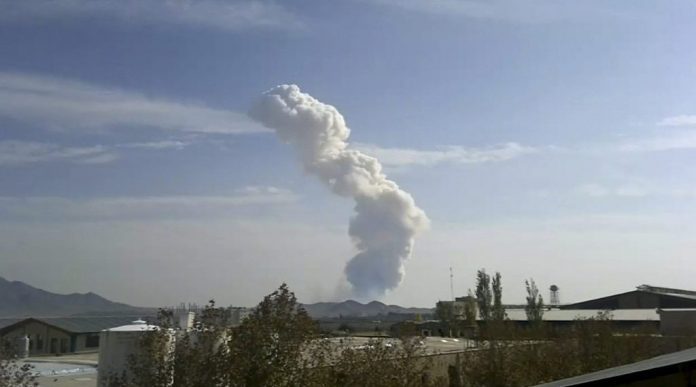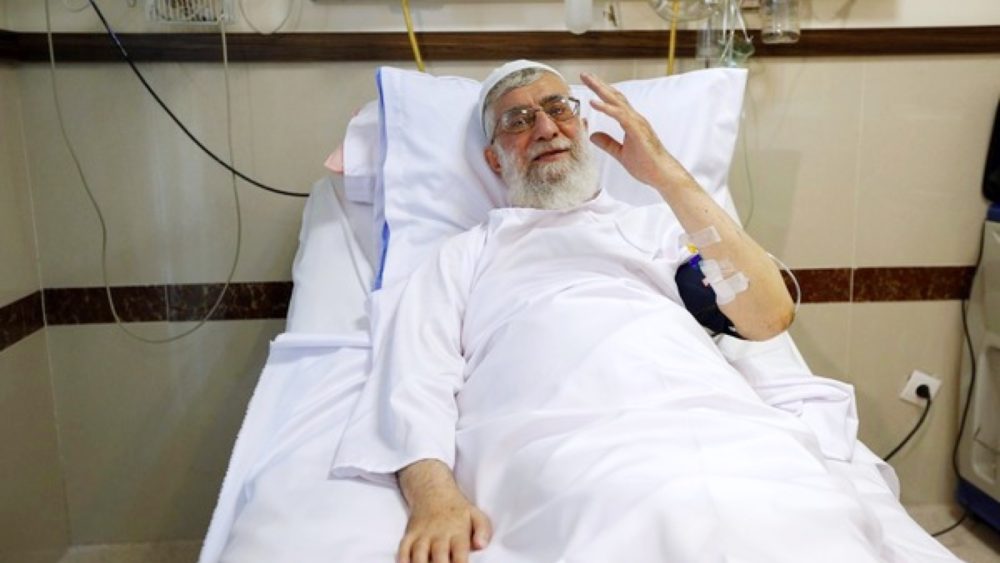
In a note, Sobh-e-Sadegh, affiliated with a political deputy to the Supreme Leader’s representative in the Revolutionary Guards, described the fire at the IRGC’s Jihad Self-Sufficiency Research Center as an “attack.”
In its latest issue, the magazine referred to the recent cyberattacks in a note titled “The Last Hope of the Enemy” and considered them to be in line with Israeli Prime Minister Naftali Bennett’s “Death by a Thousand Cuts” policy.
“The Attacks on Natanz nuclear facility, on Karaj nuclear facility, on IRGC self-sufficiency jihad research center in Karaj, unsuccessful drone attack on Barekat vaccine production center, and “All can be evaluated in line with the ‘death by a thousand cuts’ strategy.”
The noteworthy point in this part of the note is the use of the word “attack”; Because before, words like “explosion” and “sabotage” were always used. The memo did not provide further details on how the “attacks” took place.
On October 25, the Islamic Revolutionary Guards Crops (IRGC) announced in a statement that one of the “warehouses of the IRGC Jihad Self-Sufficiency Research Center in western Tehran” had caught fire, injuring three IRGC personnel. According to the statement, “with the efforts of the center’s firefighters, the fire was contained and the injured were taken to the hospital.” The next day, in another announcement, the IRGC announced the “martyrdom” of two injured employees of the organization, named “Morteza Karimi” and “Hossein Abedi” due to the “severity of their injuries.” Both statements by the Revolutionary Guards did not mention how the incident took place or its exact location. But some Western sources claimed satellite “explosions” at the center, citing satellite images.






